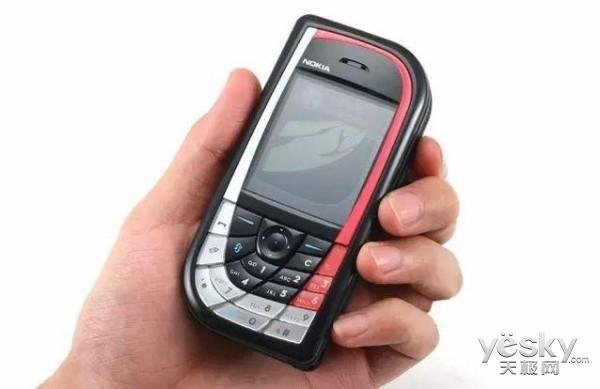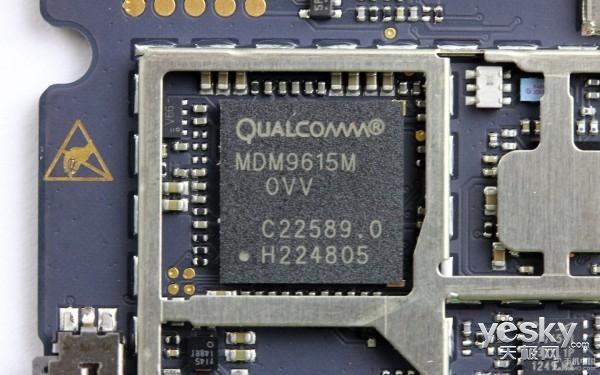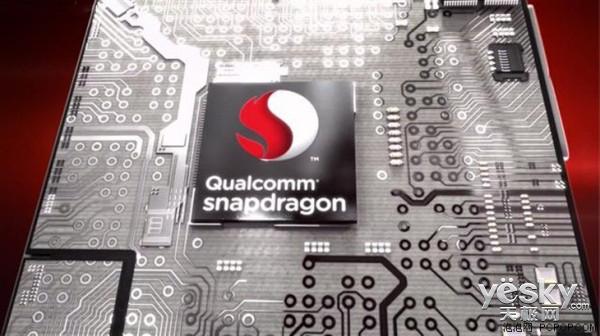In the era of highly intelligent mobile phones, the components of each mobile phone have attracted much attention. In particular, more and more professional knowledge has flowed out, allowing more people to understand the real situation inside the mobile phone and start to configure the mobile phone. Their own opinions, and these opinions will also affect the need to update the direction of the purchase of smart device users.

Saipan era smart phones
Now buy a mobile phone or device, most people are most concerned about the phone's CPU, RAM, ROM, screen size, with or without fingerprint recognition. As the brain of the entire mobile phone, the CPU is responsible for coordinating the work among various parts. The operating efficiency of a mobile phone largely depends on their performance. What if the world’s first smart phone was born? Which manufacturer made it? When is the specific model name? I believe everyone is not clear. Including Xiao Bian, I did not know before writing this article. The world's first smartphone is Motorola's Tiantuo A6188, which was produced in 2000. Motorola Tiantuo A6188 uses Motorola's own research and development of the Dragon Ball 16MHz CPU to support WAP1.1 wireless Internet access. Of course, the development of the Tiantuo A6188 has epoch-making significance, laying the foundation for the future of smart phones.
Ten years of slow development
In the following decade, mobile phones have been in an era of orderly full update. The progress and changes of mobile phones of various companies are not particularly large. There has also been a swindle of "science and technology based on shell changes". However, after 2012, with the large-scale expansion of Android phones, the core number of mobile phones ushered in a major outbreak, the main dual-core and even quad-core mobile phones continue to market, the curtain of the mobile phone core war opened.

Motorola Tiantuo A6188
After entering 2015, the high-end CPU will basically have an 8-core version to meet the user's demand for more CPU cores. The low-end CPU core does not say, after all, 4 cores are totally uncompetitive in the eyes of many users, and regard it as a low-end processor. However, not all 4-core processors are low-end. Qualcomm's Snapdragon 820 processor, introduced in 2016, is the best example of a variety of spikes in 8-core and 10-core performance. At this time, is there still a lot of people still believe that the more core performance is the most powerful?
Is the core as much as possible?
In theory, the more CPU cores, the more powerful the performance, but this is the theory on the hardware, software development will also affect the CPU core software response and occupancy. Now many software and applications are based on single-core development, that is to say there are more cores, that is, only one is working, other processor cores are watching the show next to it! However, in recent years, software supply The business has strengthened the support and optimization of multi-core, and the situation of “one nuclear is difficult and nine nuclear onlookers†has been greatly improved. Although the heap core will not bring more improvement to the operation of the mobile phone, it is a real multi-core, after all, and it also gives the user a good reason to pay. It lays a solid foundation for the ever-changing IC design.

Does the processor need more cores?
Although Qualcomm's Snapdragon 820 has rolled over a variety of 8-core and 10-core processors, due to the fact that many manufacturers have not obtained the authorization from ARM and obtained independent development architecture or have no development architecture capability, the public version of ARM is still core. The best choice, but also can save a lot of research and development costs. In the entire IC design industry, ARM licenses are available, and only a handful of manufacturers are allowed to develop their own processor architectures. Intel, Qualcomm, Samsung, and Apple are both industry leaders. The independent R&D processing architecture further enhances the design autonomy of manufacturers. The important means can also reduce the dependence on ARM.
CPU is more than a data processing center
With the continuous improvement of the semiconductor manufacturing process, the chip is becoming more and more colored in terms of power consumption control, the core area is getting smaller and smaller, and more and more components are integrated in the CPU. In addition to the baseband, the audio processing chip is included. , network signal mediators, etc. In the eyes of many people, the only role of the CPU is to process various data. In fact, the CPU not only shoulders the functions of processing various data, but also shoulders other very important functions.

Qualcomm's chipset
The information generated by each component in the mobile phone needs to be processed and transferred. There is a basic connection for information communication. At the mobile CPU manufacturing end, there are well-known IC design companies such as Qualcomm, MediaTek, Hass, and Intel that have independent baseband R&D capabilities. Of this year's Apple A10 processors, about 50% will be provided by Intel, and the other half will be provided by Apple's old partner Qualcomm.
The Future Direction of Mobile Processors
In order to cope with the upcoming Internet of Things era, the core of higher-power hungry mobile phone processors has been put on the R&D agenda. In 2015, ARM introduced the Cortex-M7 processor architecture developed for the Internet of Things and smart homes. Compared with its predecessor Cortex-M3, there has been a great improvement in performance. Compared to the Cortex-A series used in mobile phone processors today, it adds FPU and Cache, while standby power consumption is reduced from 90mA to 6.5mA, and the endurance is even better.

Qualcomm Snapdragon processor
The author concludes: I believe that many people have found that mobile phone processors have entered the same cycle as desktop processors. Single-core performance has been slow, and multi-core processors have not significantly improved processor performance. The number of core processors does not increase. Let the mobile phone experience a qualitative leap in the use of the experience. The Qualcomm Snapdragon 820 adopts a 22.2GHz+21.5GHz quad-core design. The performance of a variety of 8-core and 10-core processors can be seen to improve the single-core performance of the mobile processor compared to the single-core core. Significant.
This article from the Tencent News client from the media, does not represent the views and positions of Tencent News
Smd Led,Smd Fnd Display,Smd Led 0603 Display,Smd Led 0805 Display
Wuxi Ark Technology Electronic Co.,Ltd. , https://www.arkledcn.com
